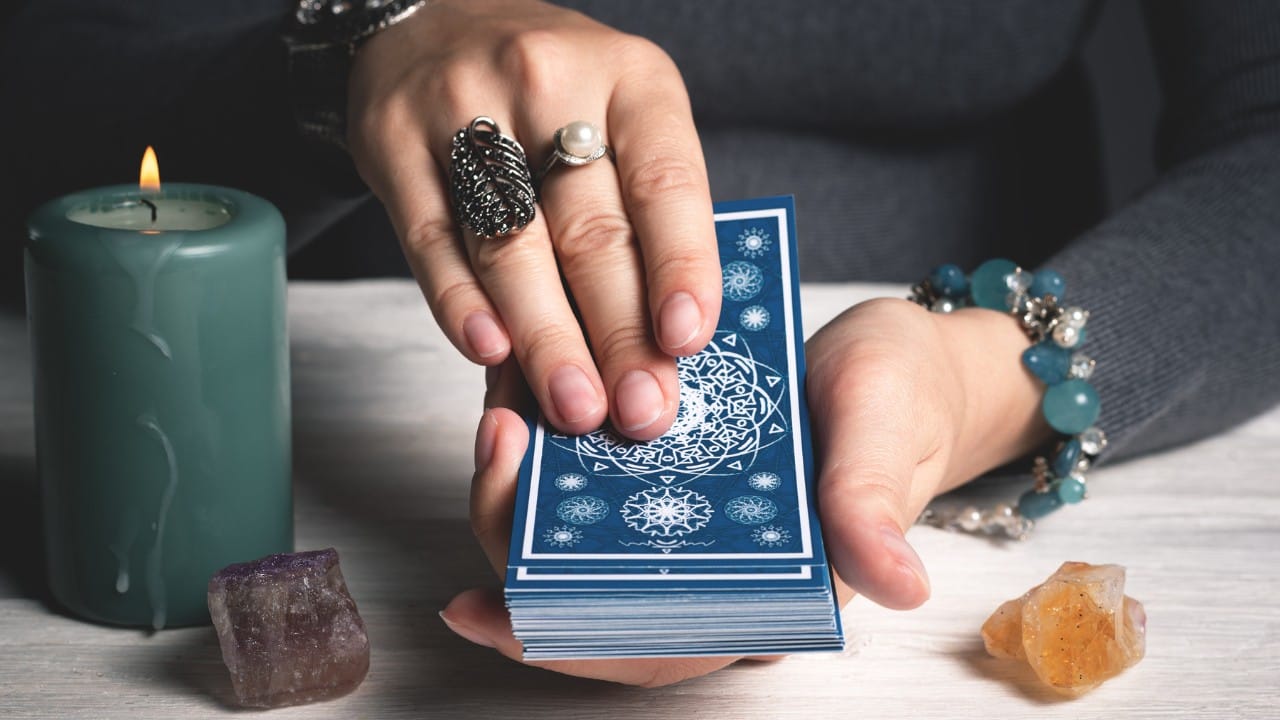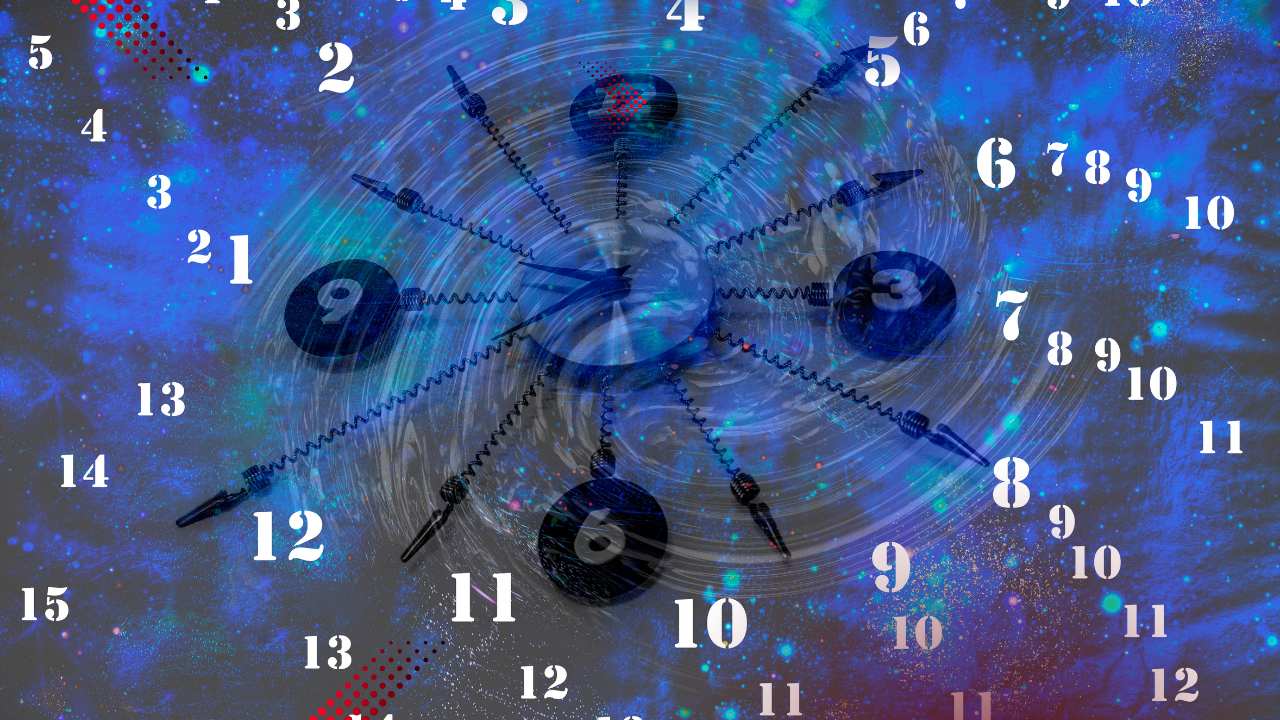How to Interpret the “Yes” and “No” Cards in Tarot Readings

Many people turn to tarot when they want quick, clear answers to pressing questions like, “Will I get the job?” or “Is this relationship meant to be?” While tarot isn’t designed for simple yes or no answers, certain cards do lean toward positive (yes) or negative (no) interpretations, depending on their symbolism and energy. By learning how to recognize these cards and understanding the context of your question, you can confidently use tarot for yes/no readings while still honoring its depth and nuance.
In this article, I’ll guide you through how to identify yes and no cards, how to approach these types of readings, and provide practical examples to help you interpret your results.
Should You Use Tarot for Yes/No Questions?
While tarot is a tool for reflection and insight, it can still offer guidance for yes/no questions. However, it’s important to keep a few things in mind:
- Tarot reveals potential outcomes, not fixed answers. The future can change based on your actions and choices.
- Context matters. A single card can mean different things depending on your question and situation.
- Trust your intuition. Even if a card seems neutral, your intuition may offer clues about whether it’s leaning toward yes or no.
Instead of expecting a rigid “yes” or “no,” think of the reading as offering probabilities or guidance on how to achieve a desired outcome.
Cards That Indicate a “Yes”
Certain tarot cards are associated with positive energy, success, and opportunity, making them more likely to indicate a yes answer.
Major Arcana “Yes” Cards
These cards suggest favorable outcomes, alignment with your goals, or spiritual growth:
- The Sun – Success, joy, and positive outcomes.
- The Star – Hope, healing, and dreams coming true.
- The World – Completion, fulfillment, and reaching your goals.
- The Lovers – Harmony, relationships, and meaningful connections (especially for relationship questions).
- The Fool – New beginnings, trust, and taking a leap of faith.
- The Magician – Manifestation and personal power.
Minor Arcana “Yes” Cards
Cards that reflect progress, abundance, and positive change often lean toward yes. Examples include:
- Ace of Cups – Emotional renewal, new relationships, or creative opportunities.
- Ace of Pentacles – New financial or career opportunities.
- Six of Wands – Victory and public recognition.
- Nine of Cups – Wish fulfillment and satisfaction.
- Ten of Pentacles – Long-term stability and success.
Cards That Indicate a “No”
Some tarot cards reflect challenges, loss, or negative outcomes, suggesting a no answer.
Major Arcana “No” Cards
These cards often represent blockages, setbacks, or difficult lessons:
- The Tower – Sudden disruption, chaos, or unexpected events.
- The Devil – Unhealthy attachments, temptation, or being stuck in a negative pattern.
- The Moon – Confusion, illusions, and lack of clarity.
- Death – Endings and transformation (though this can be positive in certain contexts).
- The Hanged Man – Delays, surrender, and a need for patience.
Minor Arcana “No” Cards
Cards that suggest conflict, disappointment, or emotional challenges may lean toward no. Examples include:
- Five of Cups – Regret, loss, and emotional disappointment.
- Seven of Swords – Deception, dishonesty, or hidden motives.
- Eight of Swords – Feeling trapped or restricted by fear or limiting beliefs.
- Ten of Swords – Painful endings or betrayal.
- Five of Pentacles – Financial hardship or feeling left out in the cold.
Neutral Cards and Context
Some tarot cards can be more neutral, offering insight rather than a clear yes or no. For example, the Justice card focuses on fairness and balance, suggesting that the outcome will depend on truth and accountability. Similarly, Temperance encourages patience and moderation, indicating that the answer may take time to reveal itself.
In these cases, the surrounding cards in the spread or your intuitive sense may provide additional clues.
Approaching Yes/No Readings
When performing a yes/no reading, consider the following techniques to enhance your clarity and understanding:
1. Use a Single Card Pull
For a simple yes/no reading, shuffle your deck while focusing on your question, then draw one card. Interpret its energy (positive, negative, or neutral) to determine your answer.
Example:
You ask, “Will I get the promotion?”
- You draw the Six of Wands, indicating a likely yes due to its association with victory and recognition.
2. Try a Three-Card Spread
This method provides more context by showing the current situation, challenges, and potential outcome.
Example Spread:
You ask, “Should I move to a new city?”
- Card 1 (Current Situation): Eight of Cups – You’re ready to leave your current circumstances behind.
- Card 2 (Challenge): Four of Pentacles – Fear of financial instability may hold you back.
- Card 3 (Outcome): The Fool – A new beginning awaits if you take the leap of faith.
The Fool suggests a yes, but the Four of Pentacles warns you to prepare financially before making the move.
3. Use Reversed Cards
Some readers interpret upright cards as yes and reversed cards as no. This method works well for straightforward readings but requires familiarity with reversed meanings.
4. Ask Follow-Up Questions
If the answer isn’t clear, you can draw additional cards to explore why the answer is yes or no and what steps you can take to change the outcome.
Example:
You ask, “Is this relationship worth pursuing?” You draw the Two of Swords, indicating indecision. You then draw a follow-up card and get The Lovers, suggesting that the relationship has potential if you make a clear choice.
Tips for Accurate Yes/No Readings
- Be specific with your questions. Vague questions can lead to unclear answers.
- Stay open to interpretation. Tarot may provide deeper insight beyond a simple yes or no.
- Focus on energy and patterns. Look for repeated themes or messages across multiple readings.
- Trust your intuition. Sometimes the feeling you get from a card is more important than its traditional meaning.
While tarot isn’t always designed for yes/no questions, it can provide helpful guidance and insight when approached with the right mindset. By learning how to interpret the energy of each card, you can gain clarity on your situation and make more informed decisions.
Remember, tarot is a tool to empower you—your choices and actions ultimately shape your future. Whether you’re seeking reassurance, direction, or a nudge toward self-discovery, the cards are here to guide you.
So, what question will you ask the cards today? Shuffle your deck and see where your intuition leads you!




